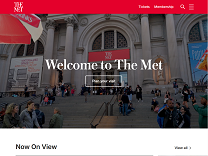Search The Collection – The Metropolitan Museum of Art https://www.metmuseum.org/art/collection/search?geolocation=Flanders
Search art at the Metropolitan Museum.
Adriaen Lommelin 17th century Cupid and Psyche Jan van der Bruggen 1665–90 Man

